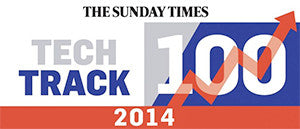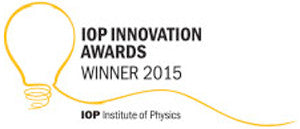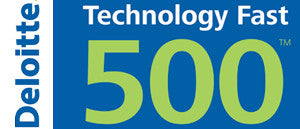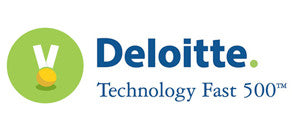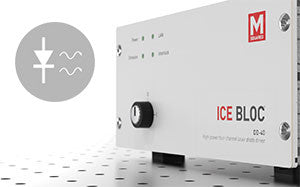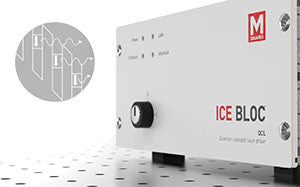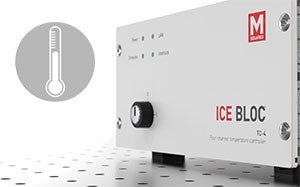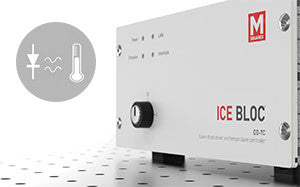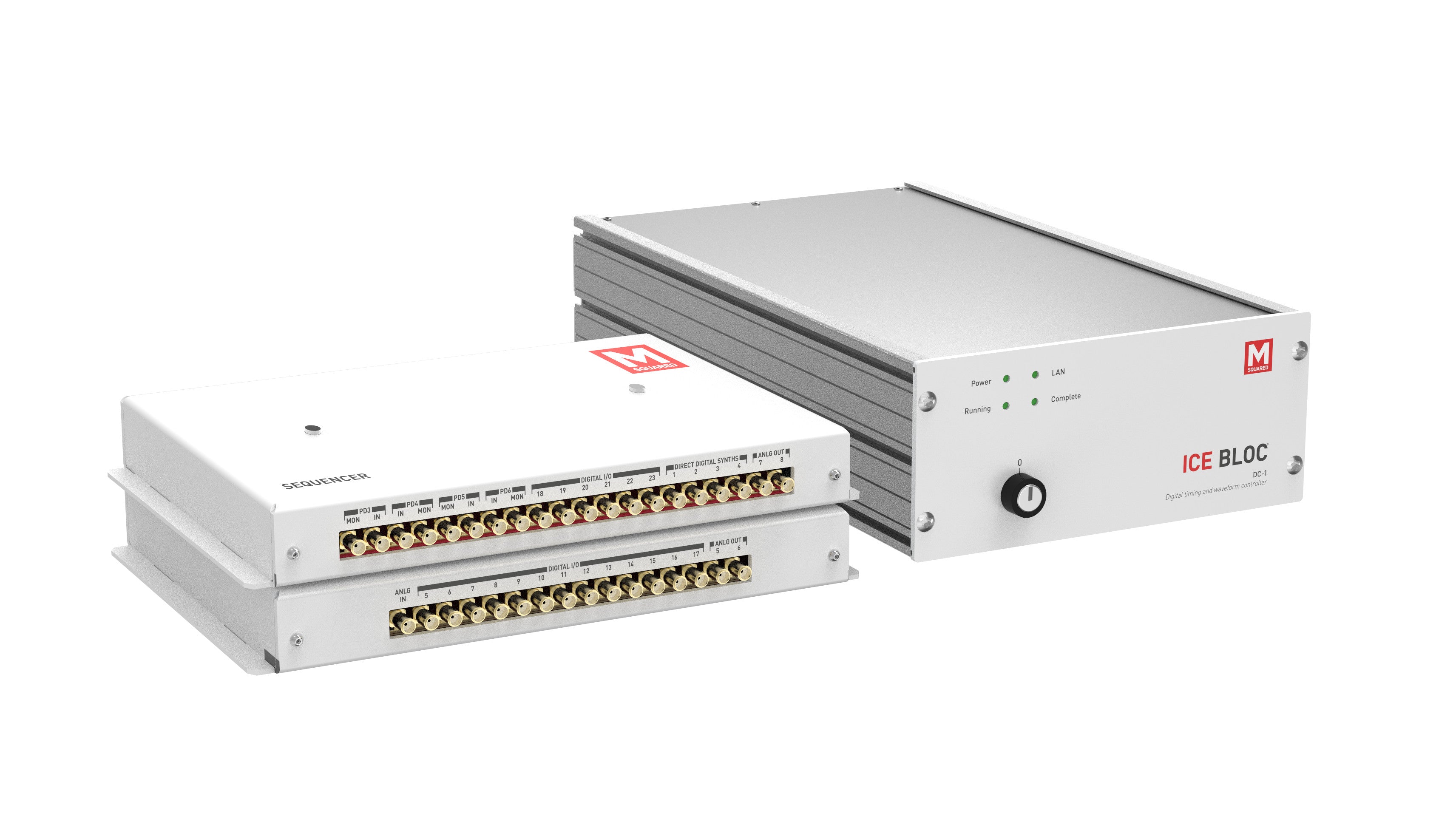World class laser instrumentation
Already proven in the field, Ice Bloc is the first system that is fully Ethernet-connected and controlled entirely from a web browser or using any popular programming language, giving you more control over your experiments and data. Designed to exacting standards, whichever Ice Bloc you choose, you’ll benefit from state-of-the-art specifications and usability.
What our customers have to say...
“We've been really impressed with both the precision of the Ice Bloc TC temperature controllers and how easy they are to use, tuning gain parameters from my desk using the web-based front end definitely beats fiddling with pots while looking at a 'scope.”
-

-
Dr Tom Harty
University of Oxford -

“The Ice Bloc system combines superior stability and high power efficiency in a miniaturized package. These benefits are well suited for our aspirations towards micro-satellite space missions employing QCL sources and we are currently developing an in-orbit demonstration mission building on this success.”
-
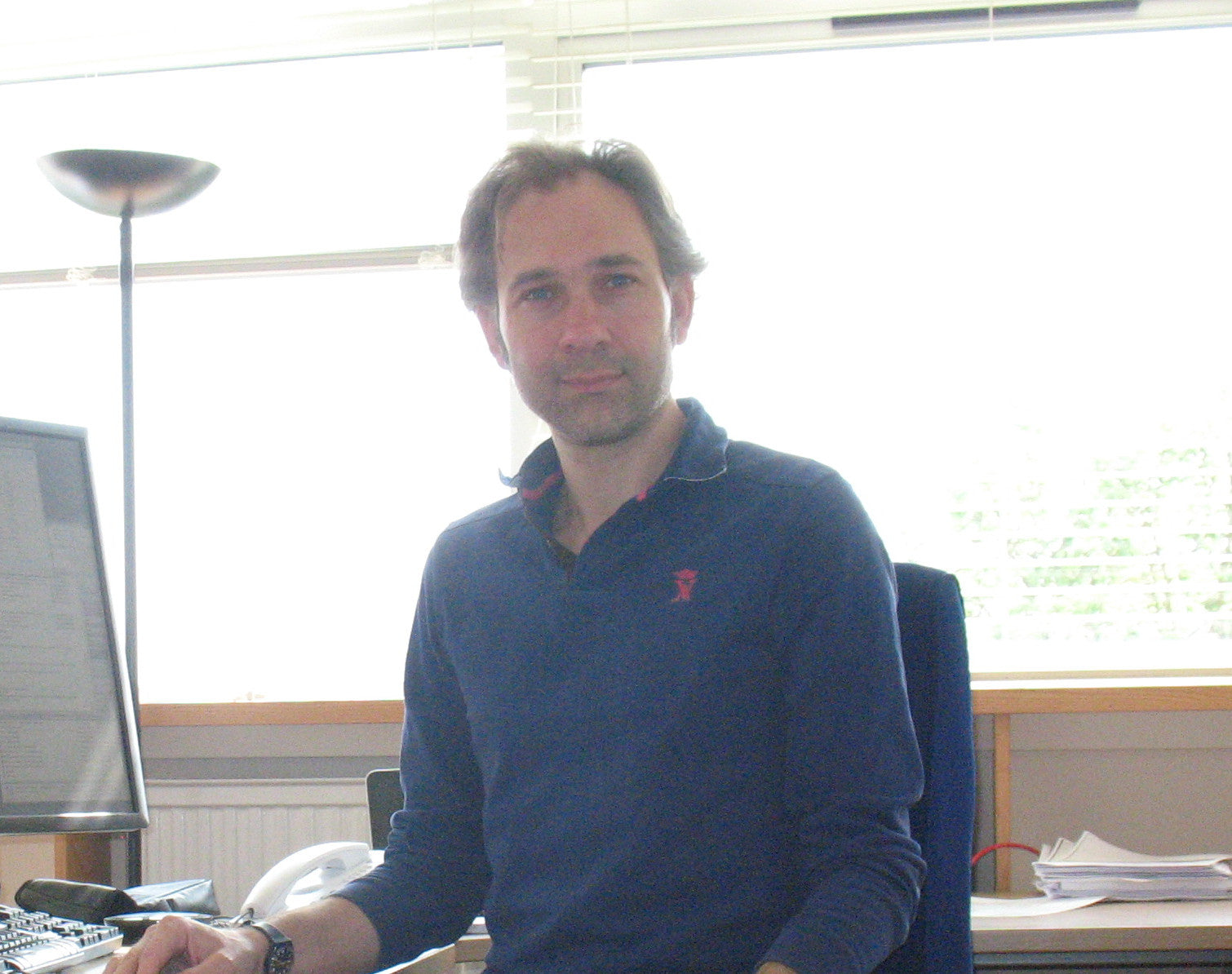
-
Dr Damien Wiedmann
Rutherford Appleton Laboratory -



